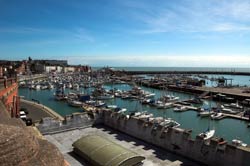Tamron 17-35mm f/2.8-4 SP AF Di
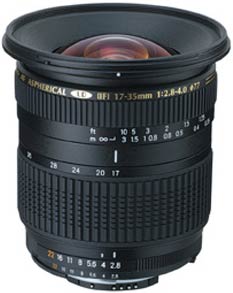 Specifications
Specifications
- Focal length 17-35mm
- Angle of view 1:5.4 max
- Max Aperture f/2.8-4
- Filter size 77mm
- Construction 14 elements in 11 groups
- Focus type Internal
- Closest focus 30cm
- Size 83.2x86.5mm
- Weight 0.44kg
- Mount Canon, Nikon, Minolta D, Pentax.
- Tripod Bush No
- Price (RRP) £430
Build and handling
Once out of the box in which it is supplied, along with a bayonet type hood and the lens and mount caps, this lens looks and feels up to it’s SP designation. That is, nicely made, not too plasticy without feeling over built, and smooth in operation.
The operational bits on the barrel are split 60/40 in favour of the zoom ring which is marked at 17,20, 24, 28 and 35mm and sports a coarser ribbing than the manual focus ring which has a distance scale marked in metres and feet. A simple AF/MF switch completes the controls on the mounts that require it.
The bayonet style ‘perfect’ petal hood does look a little like the upturned edge of a dinner plate once fitted as the outer diameter reaches almost 110mm, but it works reasonably effectively and there is a reassuring click as it fits in place.
As the front element does not rotate during operation of either the zoom or the focus controls and it is fitted with a 77mm filter thread, filter users will be happy with this common size. With wide-angle lenses, vignetting can be a problem, however, we had no issues using a Cokin Z-Pro system, which is designed for wide angles, on this lens.
The front element extends some 10mm on zooming and the zoom ring has a nice soft-torqued feel to it. The focus ring cannot over-ride the Autofocus, which has to be switched off in order to manual focus.
Optical performance
The optical performance of this lens is both extremely good while at the same time being quite disappointing! The results from the centre of the lens, especially at the wide end, are very good indeed. Unfortunately, the fall-off in quality towards the edges at the wide end was more than we expect nowadays. Conversely, the 35mm end had better results coming from the edges than at the centre, but remember, this lens was designed originally for 35mm film cameras, and this phenomenon has appeared before and we have put it down as a plus point. This wide-ranging performance does not stop purely with sharpness either.
hromatic aberration was almost as variable! And where is it worst? In the centre at the wide end, just where the lens is sharpest! The other niggle that we had was a touch of flare occasionally, admittedly under difficult circumstances, which proved the suspicion that the dinner plate like hood was not as ‘perfect’ as it could have been! It was overcome with a little judicious shading with the hand. On the other hand, there were virtually no distortions throughout the zoom range.
Having said all that, the lens is nowhere near the horror it is starting to sound. Yes, the edges are a bit soft at the short end, but the rest of the performance is quite acceptable and you would need to be making a good size enlargement to even begin to notice any of these other faults.
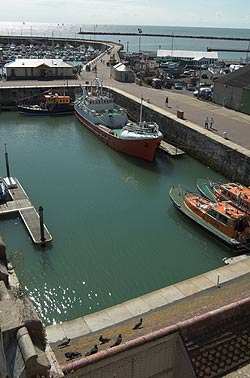 The lens covers a wide viewing angle even on a cropped sensor. Nikon D70. 1/320sec at f/8 | 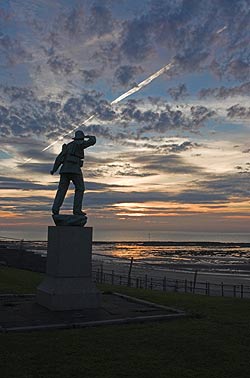 Using the Cokin Z-Pro filter system caused no problems in either orientation on this lens. D70, 1/20sec at f/20, Z-Pro 121M grad. |
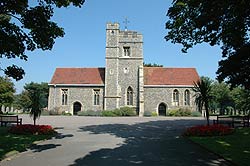 | Sharp enough to count the flints once stopped down, the lens shows no distortion, making an ideal lens for architecture. D70, 1/500sec at f/8 |
Click on each comparision photo below to view full size versions
Below is our lens test data. To find out how to use these graphs look at this article: How we test lenses
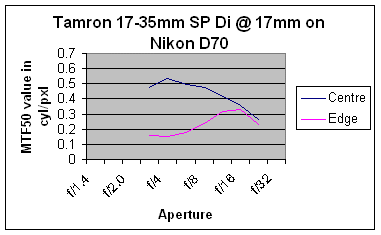
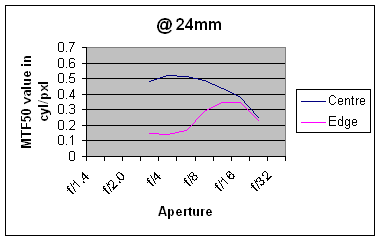
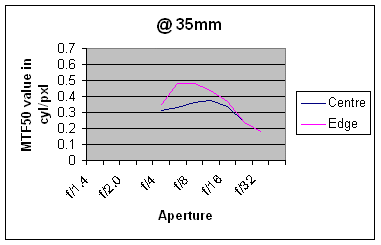
Verdict
If you want a lens that will serve both as an ultra wide zoom on full frame as well as a wide to standard zoom on a cropped sensor, then this lens is unlikely to disappoint. Used on a tripod for landscape or Architectural work, where stopping down reduces the variation in quality across the frame, the lens is a good performer, especially in its price range. However, if you are looking for a low light performer and need sharpness from corner to corner you might be disappointed!
In summary the main positive points of the Tamron 17-35mm f/2.8-4 SP AF Di are:
![]() Good control of distortion
Good control of distortion
![]() Exceptionally sharp in the centre.
Exceptionally sharp in the centre.
![]() Overall good performance
Overall good performance
![]() Well designed lens cap.
Well designed lens cap.
Negative points are:
![]() Above average fall-off at wide edges.
Above average fall-off at wide edges.
![]() Hood not totally effective
Hood not totally effective
Check the latest price of the Tamron 17-35mm f/2.8-4 SP AF Di here
Test by Ian Andrews www.wildaboutkent.co.uk
Add your message
Please login here or if you've not registered, you can register here. Registering is safe, quick and free.
photodo Stats
428 MTF tests
74 in-depth photodo reviews
100+ users join each day
Help the lens community by reviewing or rating a lens today via our lens search
Latest Lens Reviews
- Chinon 28mm f/2.8 Vintage Lens Review
- Canon EF 70-200mm f/4L IS II USM Lens Review
- Samyang AF 85mm f/1.4 EF Review
- Sigma 70mm f/2.8 DG Macro Art Review
- Samyang AF 24mm f/2.8 FE Review
- Meike 50mm f/1.7 Review
- Tamron 70-210mm f/4 Di VC USD Review
- Lensbaby Burnside 35mm f/2.8 Review
- Asahi Super Takumar 50mm f/1.4 Review
- Asahi Super-Multi-Coated Takumar 135mm f/3.5 Review
